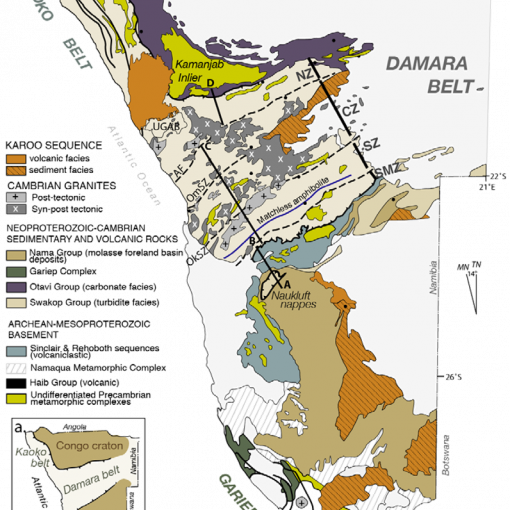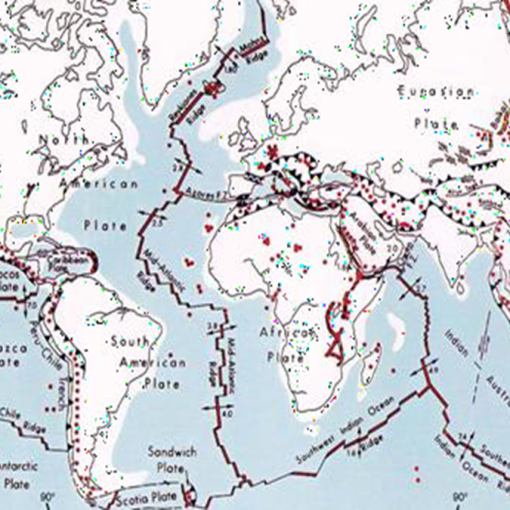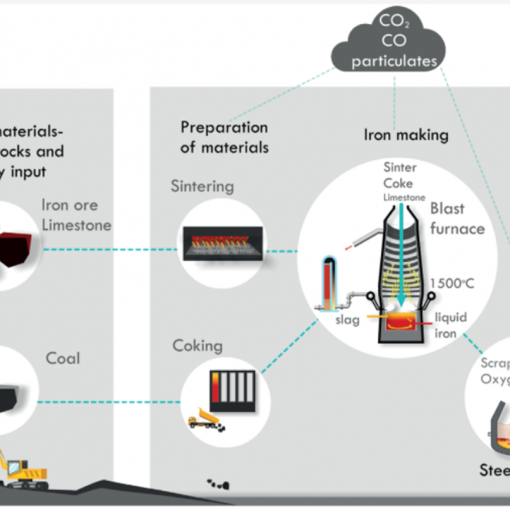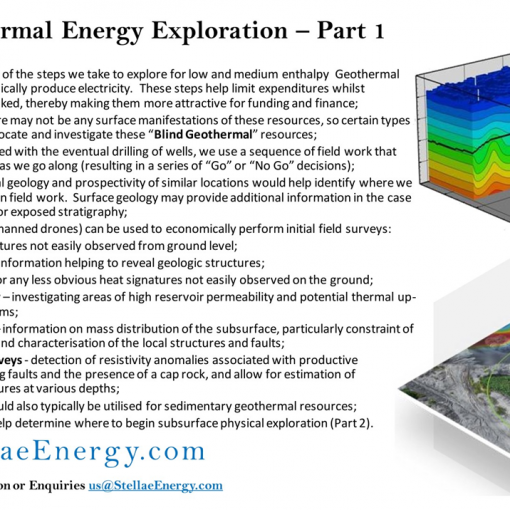
Working offshore EG 20 years ago, it was impossible to miss Bioko’s Pico Basile Volcano rising 3000m above the island. And to the northeast on the African mainland, the Mount Cameroon Volcano rises over 4000m – very clear visual evidence of the Cameroon Volcanic Line (CVL) and the geothermal energy systems below. Mount Cameroon was active 20 years ago but Pico Basile last erupted about 120 years ago. The presence of faults and fracture system heat pathways from magmatic sources may allow Geothermal Energy to be captured from reasonable depth wells.

- Two geological provinces in Equatorial Guinea (EG):
- (1) The mainland Rio Muni has Precambrian crystalline basement metamorphic sequences under the central and eastern areas with more recent sediments along its coastal and western areas. The basement is part of the Congo Craton with granitic-gneiss, greenstone, schist-amphibolite and granitoids (intruding the gneisses and greenstones). Multiple intrusive structures with adjacent hydrothermal mineralisation offer locations for prospective geothermal reservoirs;
- (2) Bioko (3 strato-volcanoes) and Annobón (1 strato-volcano) Islands are part of the Cameroon Volcanic Line (CVL) and the volcanic structures are very prospective for Geothermal Energy with magmatic features and good potential for hydrothermal and petrothermal reservoirs;
- Heat pathways in faults and fractures adjacent to these intrusive structures are likely to allow heat flux closer to the surface for access by geothermal wells;
- Further heat flux density exploration in these areas is necessary to develop opportunities, but the types of geology in EG have been seen in other successful geothermal locations;
- Clean, environmentally sustainable renewable Geothermal Energy would be possible thanks to modern, low and medium enthalpy Binary ORC power generation solutions. Good geoscience tools are available to help incrementally explore and de-risk the areas of potentially suitable heat energy sources before more expensive drilling is required;
- Very attractive Levelised Cost of Electricity (LCOE) is commercially feasible for some developments to help improve electrification, reduce reliance on carbon fuelled power plants, reduce energy poverty, and increase grid resilience for EG. Increased electrical supply will also support domestic conversion of mineral resources and expanded industrial capacity to capture more internal value for EG.





